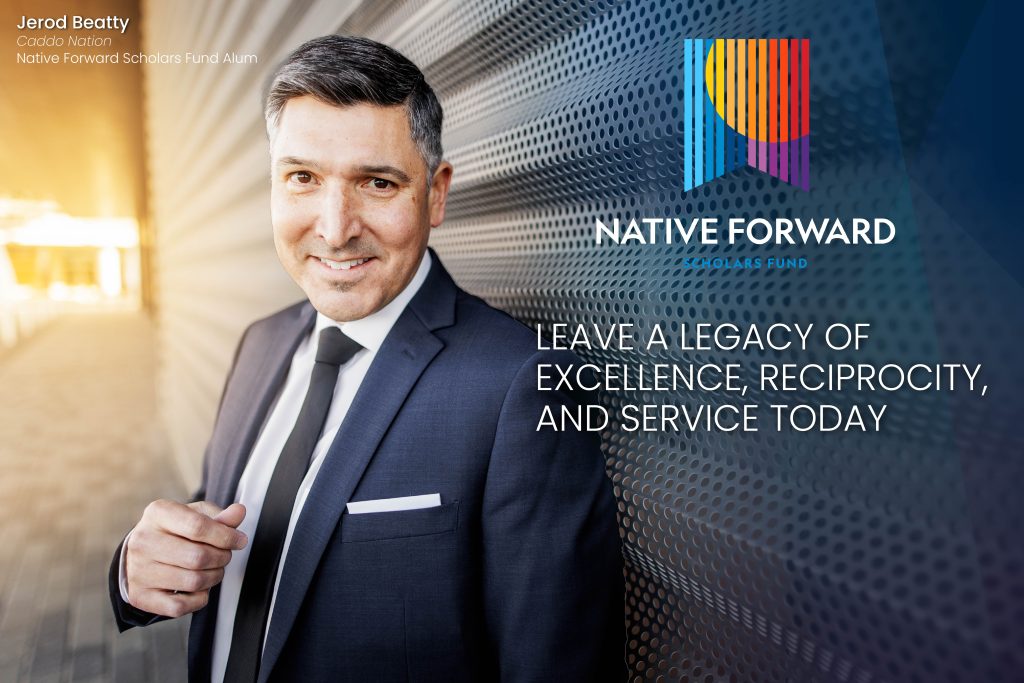Guide to Paying for College
Go here to read about our exceptional student of the month.
Rita Sarracino | Native Forward Scholar | Pueblo of Laguna
Affording college is a lot easier than you might think but it requires time, patience, and focus. The resources in this section will give you the tools you need to start a college budget, fill out your FAFSA, and manage your income.
5-Step Guide to Paying for College
1. Complete the FAFSA
2. Apply for Scholarships
There are several different scholarship sources:
- Tribal Education departments
- Tribal Foundations
- Private scholarships
- Civic organizations
- University scholarships (Most universities will have scholarships you may be eligible for based off of your college application)
- Native American and Indigenous scholarships
- Scholarship search engines (Set up a profile with scholarship search engines such as Fastweb.com)
As the Center for Native Scholarships, Native Forward Scholars Fund offers several different opportunities.
See the opportunities Native Forward Scholars Fund has to offer .
3. Estimate and compare your total costs
Research the institutions you are interested in for their Cost of Attendance breakdown. The COA will vary between the types of colleges. Most universities will have an estimated Cost of Attendance on their financial aid website.
4. Determine if you need additional money
To determine if you need additional aid, use the following formula:
COA – EFC – Financial Aid/Gift Aid = Unmet Need
Cost of Attendance (COA)
Expected Family Contribution (EFC is the amount the family is expected to contribute to their student’s education based on their FAFSA. Some institutions may be able to cover the EFC with outside resources.)
Financial Aid/Gift Aid (Money you do not have to pay back)
Unmet Need (The amount NOT covered by financial aid awards that is the student and family’s responsibility to pay or that can be covered by outside resources)
5. Explore additional financing options
If you have an Unmet Need, you can explore different financing options such as:
- Other available scholarship opportunities
- Work-study programs
- Off-campus employment
- Federal student loans
- Private loans
Did you know?
Most financial aid institutions will offer you the maximum amount of student loans that you qualify for, but you don’t have to accept the full amount.









